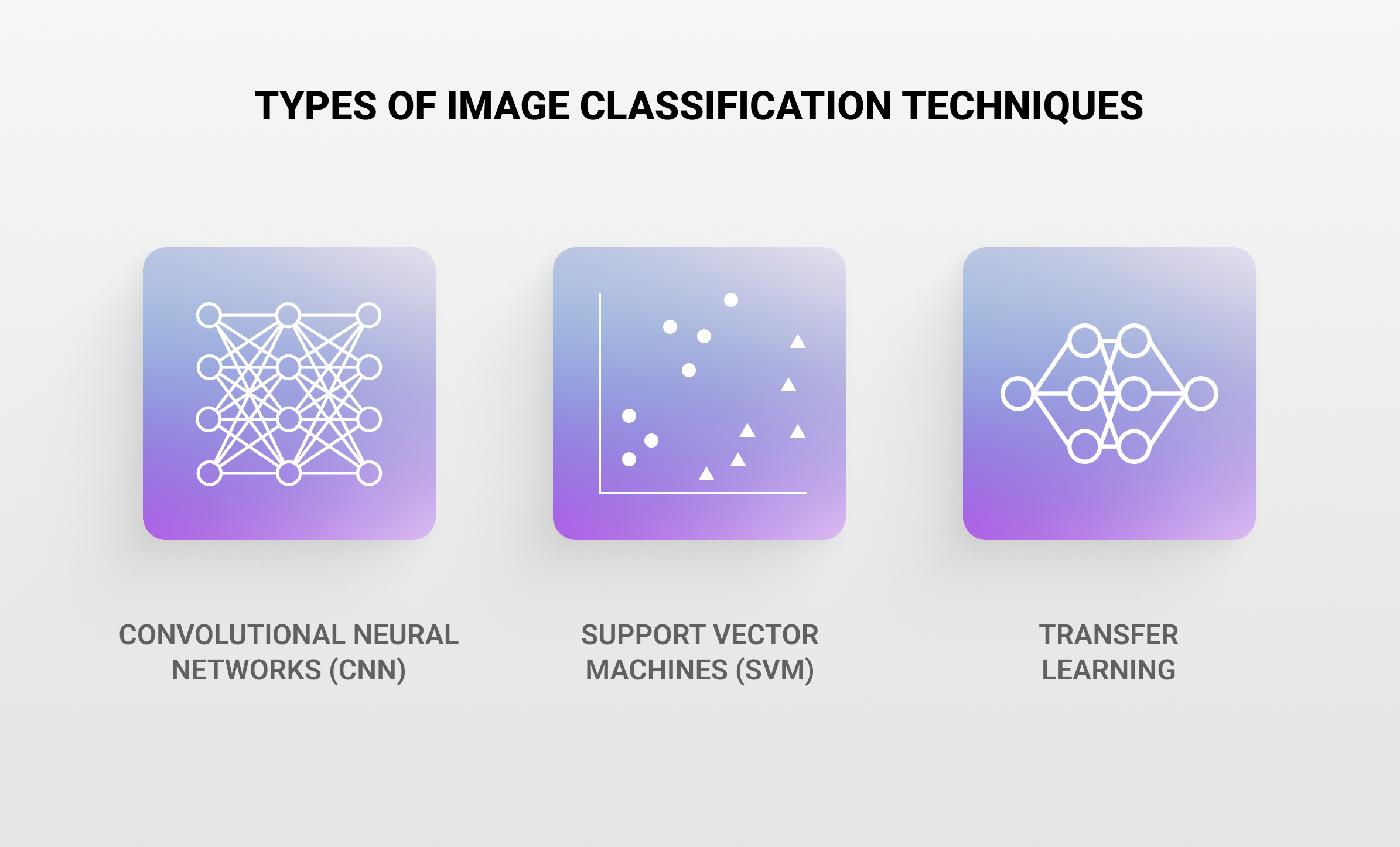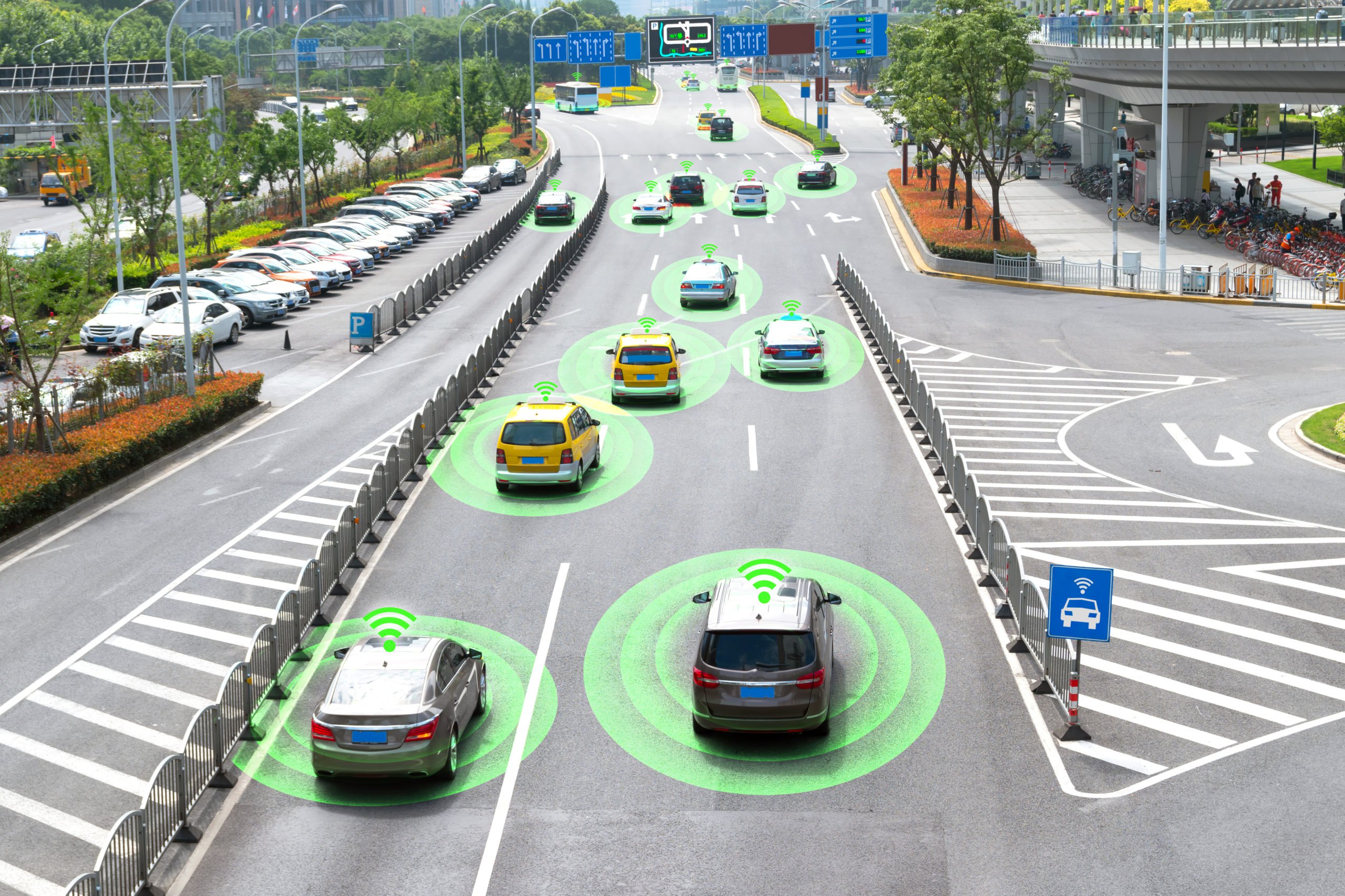Image Classification vs. Object Detection: Everything You Need to Know
In the realm of computer vision, two fundamental tasks stand out prominently: image classification and object detection. While both are crucial for various applications ranging from autonomous vehicles to medical imaging, understanding the differences between them is essential for choosing the right approach for a given task. In this article, we delve into the distinctions betweenimage classificationand object detection, their applications, and the underlying methodologies.
In this article, we will take a look at object detection images and image classification so you can decide whichdata annotationmethods are right for your project.
What is Image Classification?

Image classification is perhaps the most basic form of computer vision. It involves assigning a label or a class to an entire image based on its content. In simpler terms, let’s imagine that a user asked an AI system the following question: “What is in this picture?” For instance, given an image of a cat, an image classifier would output a label such as “cat.” The primary goal of image classification is to categorize an image into one of several predefined classes or categories. This is typically achieved through the use of machine learning algorithms, particularly convolutional neural networks (CNNs), which have proven to be highly effective in extracting meaningful features from images.
There are several advantages to the mage processing object recognition approach described earlier:
- Higher quality products- With accurate image classification, your AI product will be able to perform a variety of tasks connected with image object recognition.
- Real-world training – Since your product will need to recognize items in the physical world, it would make sense to train it on real-life images instead of computer-generated ones.
- Many practical applications – Image classification products can be used in areas like object identification in satellite images, traffic control systems, brake light detection, machine vision, and more.
The disadvantages of image classification include:
- Working with data uncertainties – Regardless of how thoroughly you train an image recognition model, there are cases where the model fails to classify the objects correctly. We attribute most discrepancies to these factors.
- Occlusion – In some images, the target object may not be entirely visible. Consider a dog that is hiding in a bush, its leg and body hidden. In this case, even if the dog’s head is plainly visible in the viewpoint, the imaging algorithm might not be able to identify it.
- Background noise – When working with object detection machine learning, the ability of the model to correctly identify the object in the image may be impacted by interfering with ambient texture and color. An imaging model, for instance, would have trouble distinguishing a red apple from a similar-colored table. Similarly, it is difficult to concentrate on a single vehicle in slow-moving traffic.
How Does Image Classification Work?
Image classification starts with preparing your data. In order to provide better image data for Computer Vision models to work with, this process removes unwanted deformities and enhances some important parts of the image. In essence, you’re preparing your data for processing by cleaning it for the AI model. This phase is followed by object detection, where objects are localized, which involves object segmentation and object position determination.
Deep Learning algorithms then identify features and patterns in the image that can be specific to a certain label. With the help of this dataset, the model gains future accuracy improvements. In the final step, the ML algorithm divides observed things into predefined classes using a suitable classification strategy. It accomplishes this by contrasting desired patterns with picture patterns.

Types of Image Classification Techniques
There are several image classification techniques to choose from, depending on the needs of your project. These include:
-
Convolutional neural networks (CNN)- These deep learning architectures are made especially for the analysis and feature extraction from visual data. Convolutional, pooling and fully linked layers are among the layers that make up a CNN.
- Transfer learning – This is an effective method that enhances image classification performance by using pre-trained models. Transfer learning makes training faster and more accurate by starting with a pre-trained model and optimizing it on a particular dataset.
- Support vector machines (SVM) – Supervised learning models, or SVMs, are excellent at classifying data into distinct groups. They are appropriate for picture categorization because of their ability to manage high-dimensional data.
What is Object Detection

Object detection is a computer vision solution that identifies objects and their locations in an image. The coordinates of the objects in an image that an object detection system has been trained to identify will be returned. Additionally, a confidence level indicating the system’s level of assurance regarding the accuracy of a forecast will be returned by the system. This is one of the main techniques that power many of the image processing object detection tools we use every day, like ADAS technology.
As you may imagine, there are many advantages of object detection, such as:
- Improved accuracy – Object detection increases the accuracy of AI systems due to their ability to access larger amounts of information.
- Automatic feature learning – If an AI system has been trained with object detection, it will be able to learn new features and functionalities from data. This means that they do not have to be re-engineered to develop new capabilities.
- Analyze complex data – Thanks to object detection, AI systems can handle large and complicated data sets that would be unfeasible or too time-consuming for conventional machine learning methods.
The disadvantages of object detection include:
- Viewpoint variation – Different perspectives can give an object a completely new appearance. This is why training datasets need to include images from various perspectives.
- Deformation – Many objects have extreme deformation capabilities and are not stiff bodies. The object detector may not be able to identify individuals in these photographs if it was trained to identify only objects that were sitting, standing, or walking. This is because the features in these images do not match the features that the object detector was taught to identify during training.
- Varying illumination conditions – At the pixel level, lighting has a profound effect. Distinct lighting conditions cause distinct hues to appear on objects. In these diverse lighting conditions, a pedestrian’s image appears differently. This has an impact on the detector’s robust object detection capability.
How Object Detection Works

To generate useful results, object detection algorithms usually make use of machine learning or deep learning. Humans can identify and find objects of interest in pictures or videos in a few seconds. Using a computer to mimic this intelligence is the aim of object detection. Having said this, there are two main approaches to creating object recognition models:
-
Creating and training an object detector – You have to build a network architecture that can learn the characteristics of the items of interest in order to train a custom object detector from scratch. To train the CNN, a sizable collection of labeled data must also be assembled. A personalized object detector can produce amazing outcomes. Having said this, configuring the layers and weights in the CNN manually takes a lot of time and training data.
- Use a pre-trained object detector – Transfer learning is a technique that allows you to start with a pre-trained network and then fine-tune it for your application, and it is used in many deep-learning object detection procedures because the object detectors in this method have previously been trained on dozens, if not millions, of photos, it can yield speedier results.
Difference Between Image Classification and Object Detection
Image classification and object detection are two fundamental tasks in computer vision, each serving distinct purposes and requiring different methodologies. Here are thekey differences between them:
- Task objective – The primary objective of image classification is to categorize an entire image into one of several predefined classes or categories. Object detection involves identifying and localizing specific objects within an image, as well as assigning class labels to those objects.
- Output format – The output of an image classification task is a single label indicating the category or class of the entire image. In object detection, the output consists of multiple bounding boxes, each encompassing an object detected within the image.
- Methodology – Image classification typically involves training machine learning models, particularly convolutional neural networks (CNNs), on large datasets of labeled images. Object detection algorithms often comprise two main components: a region proposal network (RPN) that generates candidate bounding boxes and a classification network that assigns class labels to these boxes.
Similarity Between Image Classification and Object Detection
Despite their differences, image classification and object detection share some commonalities, particularly in their utilization of computer vision techniques and their applications in various domains. Here are some similarities between image classification and object detection:
- Both Utilize Deep Learning: Image classification and object detection both leverage deep learning techniques, particularly convolutional neural networks (CNNs), for feature extraction and classification. CNNs have proven to be highly effective in learning hierarchical representations of images, enabling accurate recognition and detection of objects.
- Both Address Visual Recognition Tasks: Both image classification and object detection involve tasks related to visual recognition. While image classification focuses on categorizing entire images into predefined classes, object detection deals with identifying and localizing specific objects within images. Both tasks require understanding the visual content of images and extracting meaningful features to make accurate predictions.
- Common Data Preprocessing Steps: Preprocessing steps such as resizing, normalization, and augmentation are often applied to images in both image classification and object detection tasks. These preprocessing techniques help improve the performance and robustness of deep learning models by enhancing the quality and diversity of training data.
Summary
While image classification and object detection have distinct objectives and methodologies, they share commonalities in their utilization of deep learning, visual recognition tasks, data preprocessing, applications across domains, integration with transfer learning, evaluation metrics, and continual advancements in research and technology. Understanding these similarities can provide insights into the broader landscape of computer vision and its diverse applications.
FAQ
1. Image recognition vs object detection: How do they compare?
Image recognition and object detection are two closely related but distinct tasks in the field of computer vision. While both involve analyzing and understanding visual content, they serve different purposes and require different approaches.
2. What is the difference between image segmentation vs object detection?
Image segmentation aims to partition an image into multiple segments or regions based on pixel-level information. The goal is to group together pixels that belong to the same object or region, while separating them from pixels belonging to other objects or backgrounds. Object detection, on the other hand, focuses on identifying and localizing specific objects within an image, as well as assigning class labels to those objects.
3. What is the role of object recognition in image processing?
Object recognition in image processing refers to the task of identifying and classifying objects within digital images. It is a fundamental problem in computer vision and has numerous applications across various domains, including autonomous driving, robotics, surveillance, healthcare, and augmented reality. Image detection machine learning systems analyze the visual content of images to determine the presence, location, and category of objects of interest.





